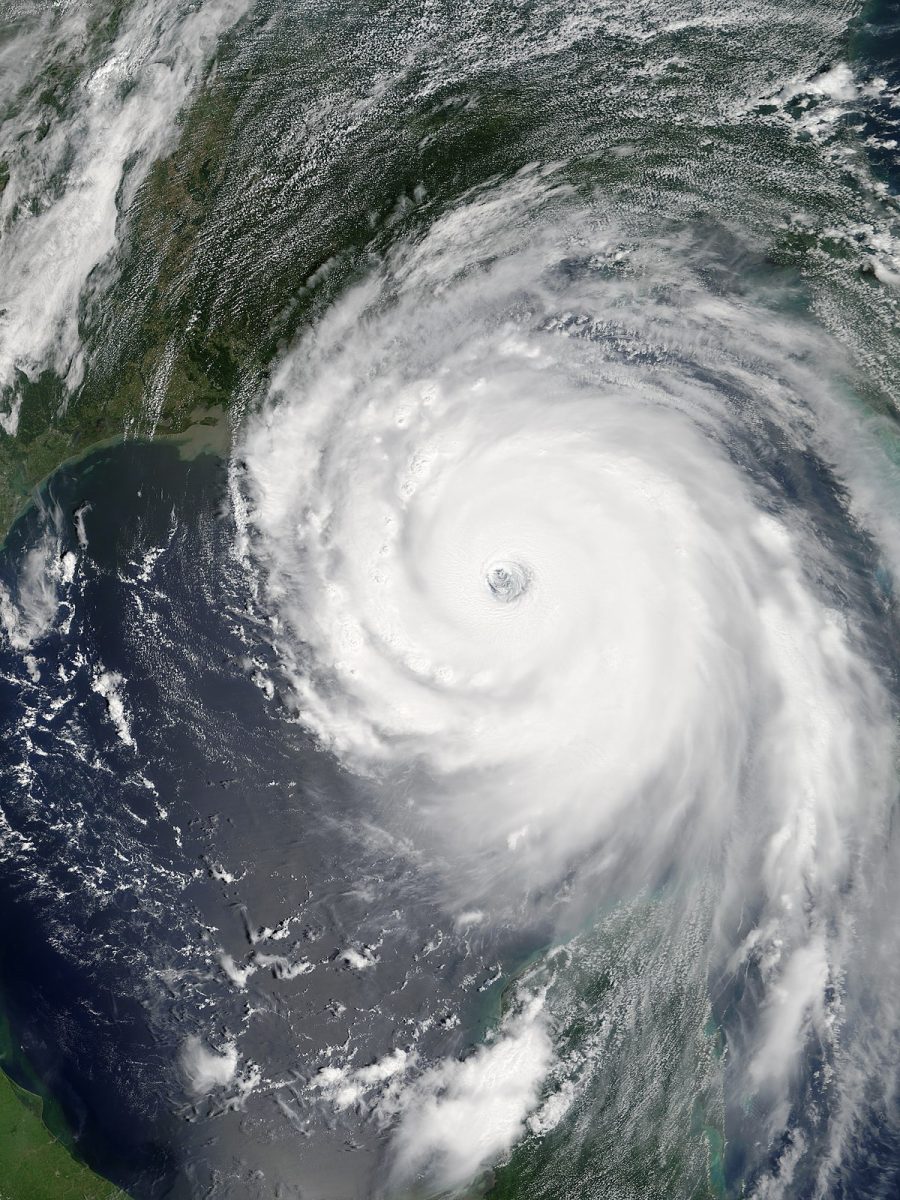Hurricane Katrina
Most of you might not know this, but we are in hurricane season right now. However, it has yet to feel like it. According to the National Weather Service, the Climate Prediction Center predicted an average hurricane season; however, it is less active than in recent seasons. This is accurate since there has not been a solid hurricane to make landfall yet this year, which is a relief to many families nationwide. Hurricanes are genuinely devastating, even to those unfamiliar with the phenomenon, and we are lucky that this year has been so calm. Years in the past have not been so fortunate. Today, I will share the story of Hurricane Katrina, one of the most dangerous hurricanes that struck the country.
Katrina of September 2005. This hurricane is known as the most expensive hurricane in the history of the United States, creating damages of just under 76 billion dollars. This deadly monster began as a tropical storm over the Bahamas at the end of August 2005 before it strengthened incredibly within days. It quickly earned a Category 1 rating when it made landfall in Florida, producing winds averaging 84 miles per hour. It relentlessly hammered Florida and damaged the Gulf of Mexico while strengthening to a Category 3 hurricane. In its final days, it intensified to a Category 4 and struck Louisiana on its path north. When the storm’s wrath was over, it left most of New Orleans underwater even though the city was not directly hit. Another big disaster that the hurricane left was the destruction of the levee system that kept back lakes Pontchartrain and Borgne. Katrina’s storm surge—a sudden rise in sea level due to changes in atmospheric pressure and wind—of just under 27 feet overwhelmed the levee and other parts of the Industrial Canal, creating intense flooding in the city. However, the most devastating part of this hurricane was the lives it endangered and took. Many residents of New Orleans had to stay back while over a million people evacuated the day prior, which, by August 30th, was over 75% under the sea level. The damage was so severe that emergency services had trouble or could not help the local communities; people were left waiting for help on the rooftops of their submerged homes. However, all hope was not lost for the residents of New Orleans. As their city recovered, they sought refuge in Huston, and while many people returned later, the city’s population remained under 25% lower than it had initially been.
Hurricane Katrina significantly impacted those who lived in its path at the time and the country. Mother Nature is relentless, and to keep ourselves safe, we need to look out for each other and learn everything we can about natural disasters.
Sources: Hurricane Katrina | Deaths, Damage, & Facts | Britannica
Maria and Katrina are among the worst hurricanes ever to hit the U.S. – CBS News.
How climate change will affect hurricane season this year: NPR















